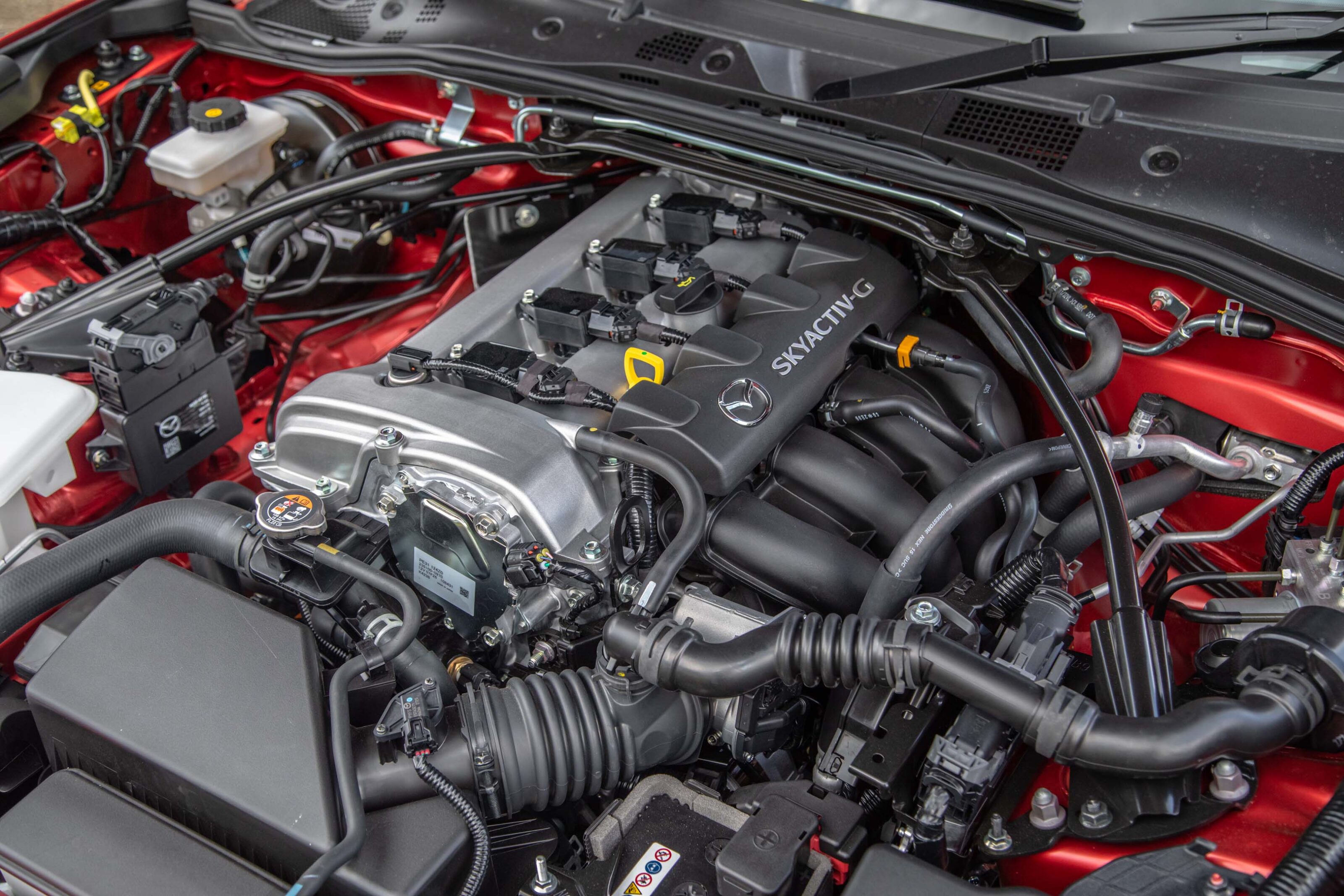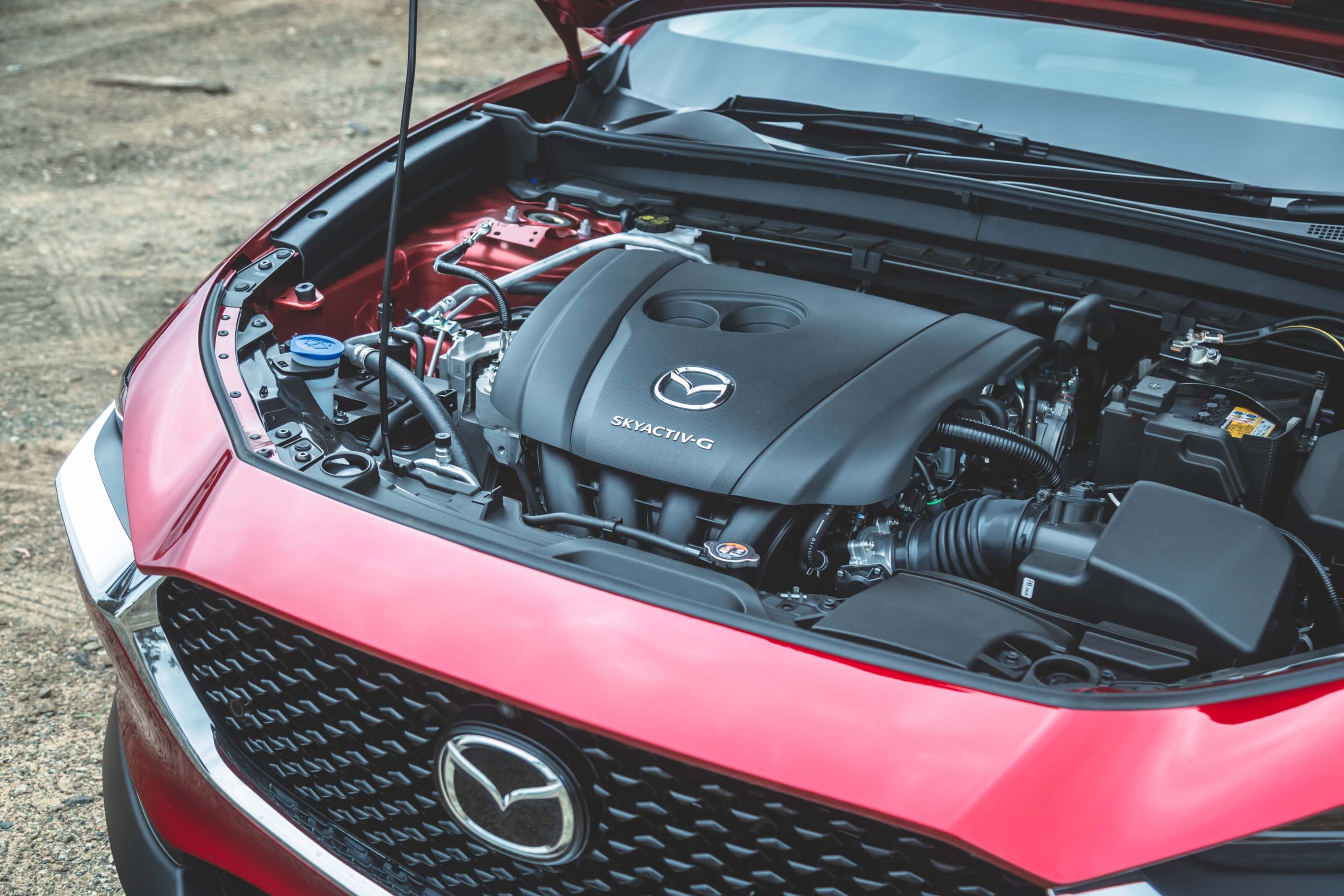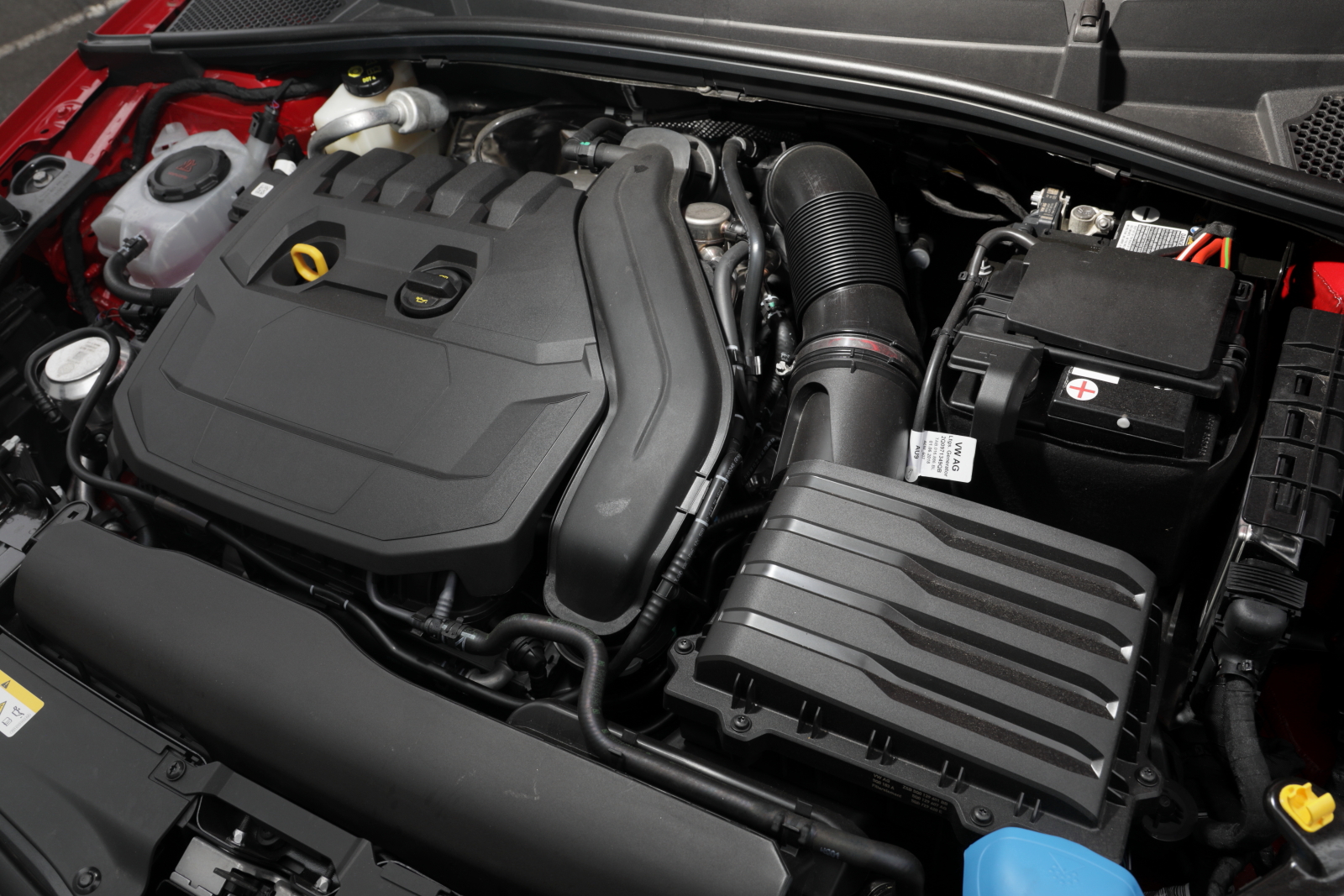
If you’ve heard and wondered about terms such as 2.0-litre, cubic centimetres (cc) and displacement, you’re not alone. But it’s fairly simple: all relate to the size of a car’s engine.
Not its external dimensions, mind you. Engine size (in litres or CCs) is a measure of the cumulative space inside a motor’s cylinders, where the mixture of air and fuel is ignited to produce the energy required to turn the car’s wheels.
These days, it’s typically rounded to the nearest tenth of a litre, but in reality is often a little shy of that exact number. For example, 1997cc is a typical displacement for a ‘2.0-litre engine’.
An engine’s cylinder count will vary, from three to eight in typical passenger cars, but with extremes as low as two and up to 16 in more exotic metal.
Typically, the higher the engine’s cylinder count the bigger the engine displacement – a three-pot engine with 500mL cylinder sizes is a 1.5-litre engine, add another cylinder and you have one of the most common engines: a 2.0-litre four-cylinder.

Is a bigger engine really better?
Bigger engines mean extra air and fuel, making more grunt. The bigger the engine size, typically the greater the power and torque figures.
Let’s compare two typical small cars fitted with a 1.5-litre and 2.0-litre engine. Which is better?
The Toyota Corolla’s 2.0-litre petrol engine produces 126kW; the smaller Yaris’s three-pot makes 88kW. A win to the Corolla, then?
Well, not quite. The Corolla’s combined ADR fuel consumption is 6.0L/100km to the Yaris’ 4.9L/100km. The bigger engine typically uses more fuel, so it depends on how you personally measure ‘better’ and what you need or want to achieve with the car.

The exception is if the engine is under-sized for the weight of a car, and therefore over-stressed. Mazda’s CX-30 is a good example of this phenomenon, where the smaller ‘G20’ 2.0-litre only saves 0.1L/100km on paper compared to the larger ‘G25’ 2.5-litre four-banger.
Taking that to the extreme, if you fitted the Yaris’ 88kW three-pot motor to a BMW 5 Series, it would be less fuel efficient than that car’s 197kW 3.0-litre turbo-diesel six, despite the Bimmer’s mill being twice the size.
The solution for many modern vehicles has been to turbocharge small engines.
In Skoda’s case, it uses a 1.5-litre turbo-petrol four-cylinder developing 110kW/250Nm in its Fabia small car. That’s a little less power, but more torque than the Corolla – yet it matches the smaller Yaris for fuel consumption (4.9L/100km).

There are other ways to optimise engine performance for a given swept capacity, by using exotic parts with tight tolerances.
Ferrari, Porsche and Honda are masters of this. Early S2000 sports cars fitted with Honda’s ‘F20C’ 2.0-litre inline-four produced a whopping 92kW per litre, matching the 2011 Porsche 911 GT3 RS 4.0.
In summary, the size of your engine used to be a big deal, and if you’re looking at used cars, make sure to take this into account – often small-engined cars are significantly under-gunned. However, thanks to modern turbocharging, big engines and high cylinder counts are now more luxury than necessity.



